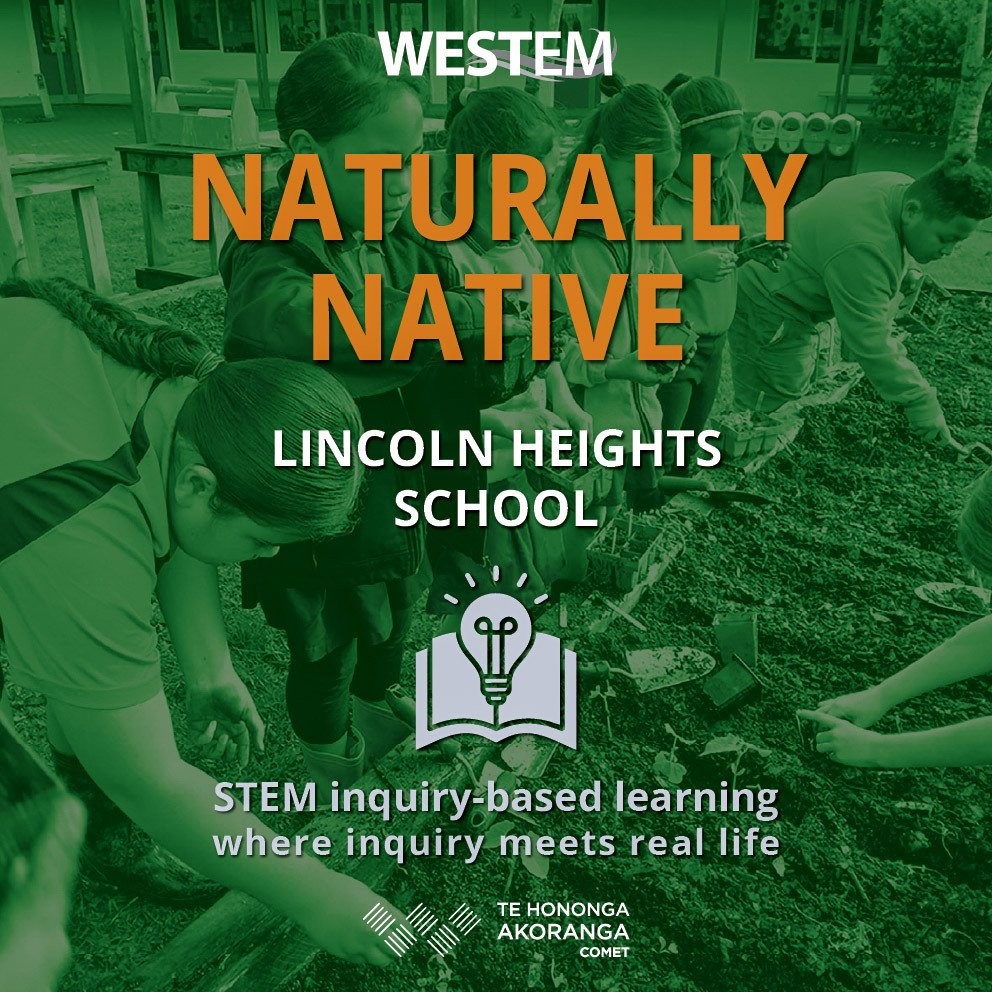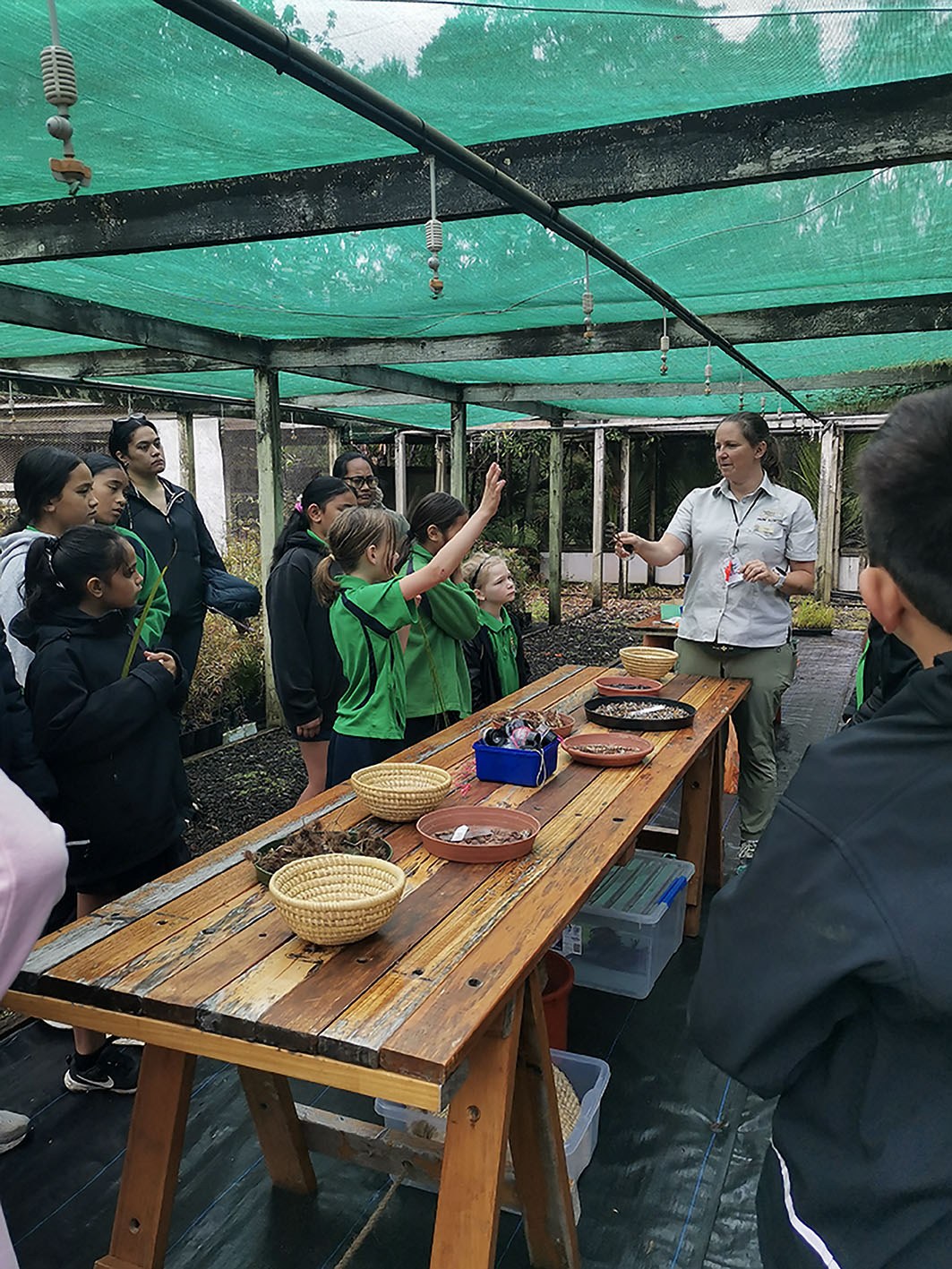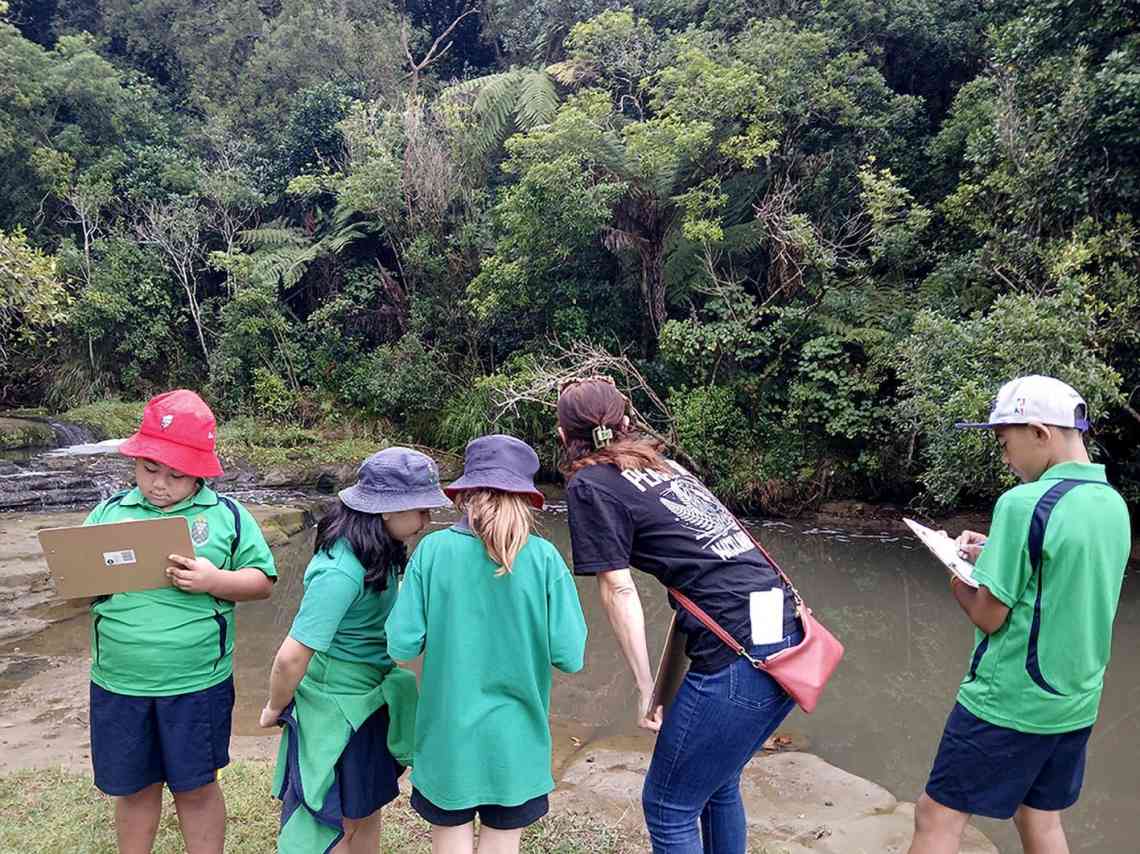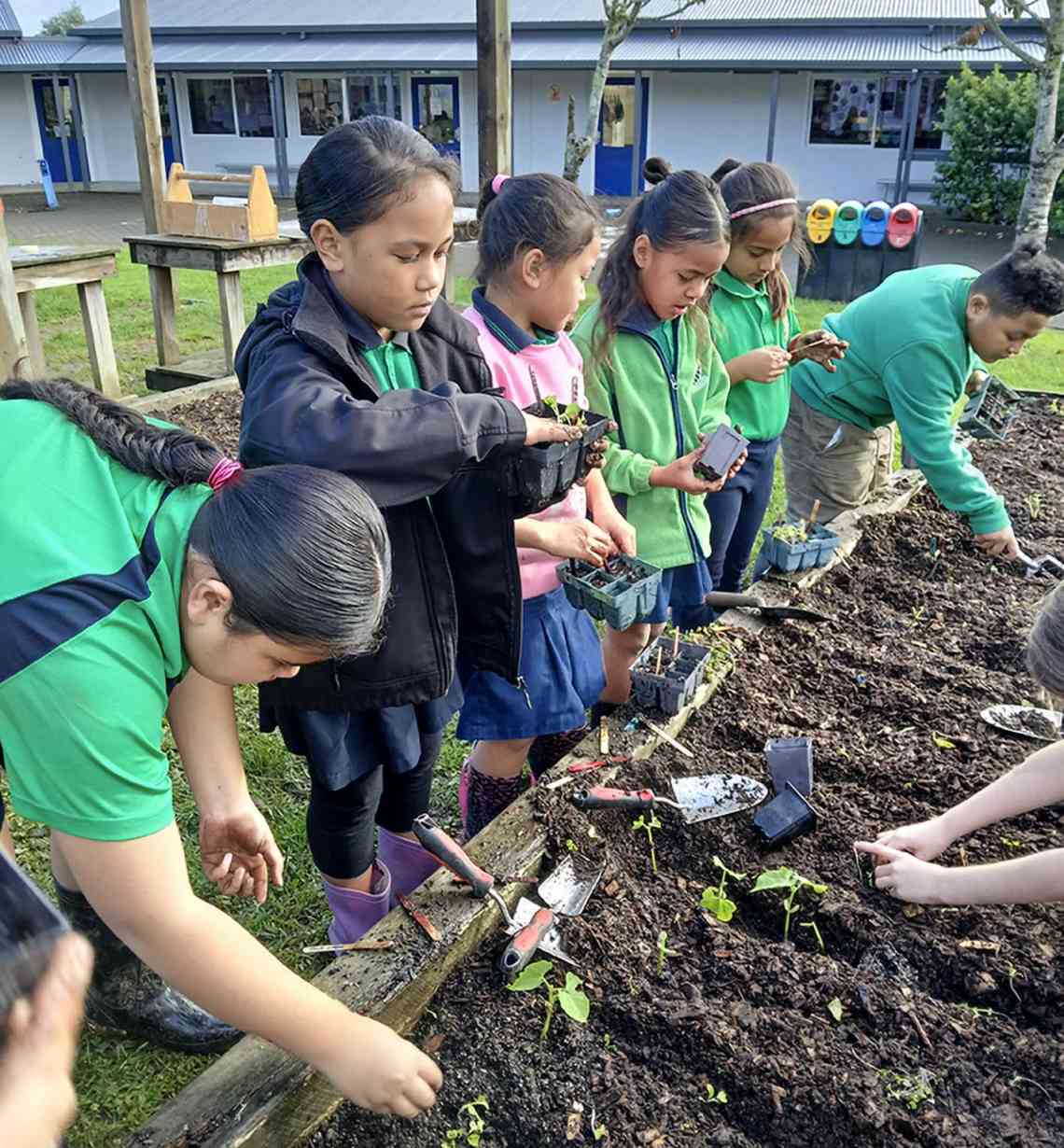WeSTEM 2025 - Naturally Native: Growing STEM Skills from the Ground Up #
How can we propagate native seedlings to regenerate the biodiversity of our local stream and parks?
At Lincoln Heights School in Massey, a simple question sparked a rich scientific journey: "Could we grow our own native plants instead of buying them?"
What began as a practical challenge quickly evolved into a full-scale STEM inquiry, connecting students with their local environment, community experts and the science of native ecology.
The school’s enviro club, made up of 43 students in Years 4–6, set out to build a native plant nursery. They soon discovered that growing native seedlings is about more than just putting seeds in soil. They also learnt about ecosystems, biodiversity and the delicate relationships between plants, birds, insects and waterways.

From curiosity to complexity
With support from Community Waitākere, Kāhui Māra Kai and Sustainable Schools, students explored the science behind seed systems. They compared shade houses and tunnel houses, trialled different propagation techniques and conducted biodiversity surveys around their school and local stream. Words like “pollination”, “germination”, “dispersal” and “eco-sourcing” became familiar terms for them.
“The students were surprised that nature is science,” says lead teacher Jen Harris. “Processes like trialling new systems are science in action.”
One of the most exciting outcomes of the project was seeing students’ thinking grow. They moved beyond simple ideas about sun, soil and water, and they did more than merely observe; they became problem solvers, curious and willing to try new things and eager to explore the natural world for themselves.
Real-world learning with real impact
The project wasn’t just about science. Literacy and numeracy were woven throughout: students recorded observations, reflected on field trips, learned new vocabulary and used data to sort and count biodiversity findings. These cross-curricular connections helped reinforce core skills in meaningful and “sticky” ways.
A highlight for many was the visit to Arataki Nursery, where students saw large-scale propagation systems in action. This experience helped them connect classroom learning with real-world STEM careers, a focus the school plans to expand in Terms 3–4 by inviting more experts into their new outdoor classroom space.



A nursery with purpose
The native nursery is now a permanent fixture at Lincoln Heights School, supporting both environmental learning and community restoration efforts. Students are already growing vegetable seedlings for the school’s māra kai and propagating native plants from locally collected seeds. Their long-term goal? To supply plants for community planting days and help restore the biodiversity of Huruhuru Stream.
Why this matters
This project shows how inquiry-based STEM learning can build confidence, deepen curiosity and connect students to the skills they’ll need in the future, from scientific thinking to environmental stewardship.
When curiosity leads, learning soars. New Zealand education could lead the way by embedding project-based learning into every Year 7 and 8 classroom.
Every week, these students are showing us what’s possible when curiosity leads the way.